Audio Answers:
Should I Get an Acoustic or Electronic Drum Kit?
Question: “I’ve decided to start playing the drums, but I’m not sure if I should get an acoustic or electronic drum kit. Can you give me the pros and cons and help me decide?”
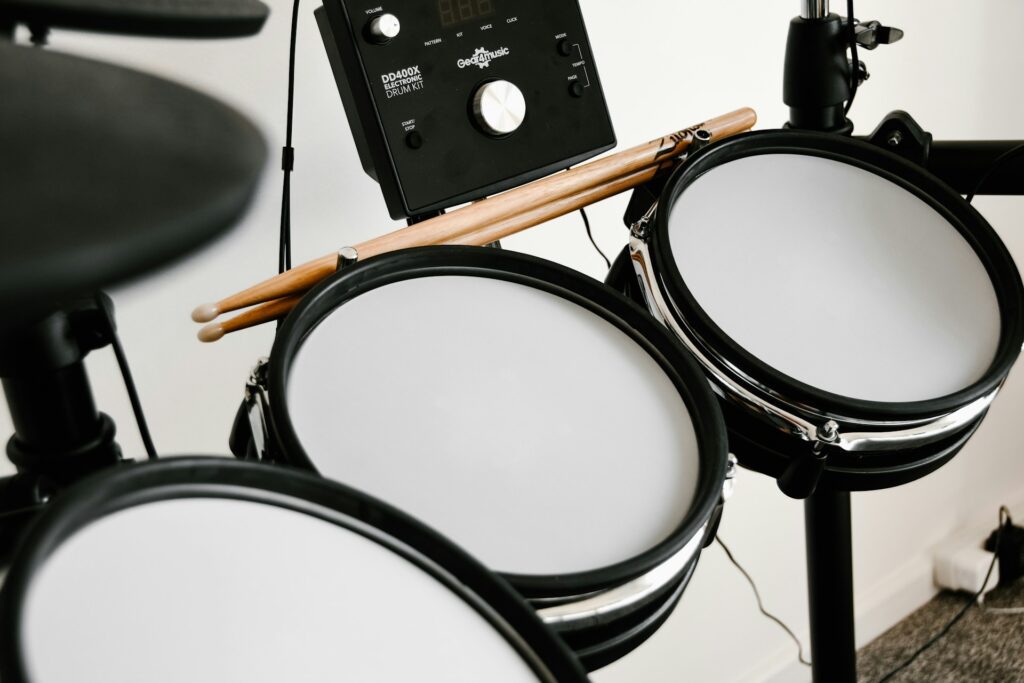
Acoustic vs Electronic Drums: Choosing the Right Kit
Deciding between an acoustic and electronic drum kit can be difficult, especially for those who are new to drumming. However, understanding the key differences, including the pros and cons of each, can help make your decision easier.
When it comes to choosing a drum kit, both acoustic and electronic both options offer unique benefits and challenges. The right choice depends largely on your personal preferences, playing style, and practical considerations such as space and volume control. Knowing the differences between these types of kits is crucial for drummers, as it impacts everything from the learning process to performance and recording.
Pros and Cons of Acoustic Kits
Advantages of Acoustic Kits:
- Helps in learning proper technique: Acoustic drums demand the mastery of technique to produce the best sound, offering an authentic drumming experience.
- Wide dynamic range: They provide a wide dynamic range that doesn’t require an amplifier to be appreciated.
- Nicer feel and appearance: An electronic kit will never beat the look of an acoustic kit. You’ll almost always feel and look cooler behind a real drum kit.
- Better sound quality and harmonics: The natural resonance and harmonics of acoustic drums are hard to beat. They simply sound better most of the time.
Disadvantages of Acoustic Kits:
- Loud and noisy: This is the main reason drummers will opt for an electronic kit. If you’ve never played drums before, trust me, they’re even louder than you imagine. And, if your neighbors complain, that may discourage your practice.
- Requires tuning and maintenance: To get the best sound from your kit, you’ll have to ensure it’s well-tuned, which can be quite the undertaking for a beginner. Additionally, you’ll have to replace your drum heads and cymbals from time to time as they accrue wear and tear.
- Heavy and difficult to move: Acoustic kits can be cumbersome and are difficult to transport. Not to mention, more prone to damage.
- Requires specialty mics for recording: To record with an acoustic kit, you usually need to invest in multiple microphones and potentially preamps to achieve a good sound.
- Limited ability to edit tracks: Once you’ve recorded, editing the individual drum sounds can be challenging. You can’t manipulate them like electronic kits.
- Limited to the sounds of one kit: You’re stuck with the sound your acoustic drum set produces, without the ability to change drum voices as with electronic kits. Got a bad sounding kit? Oh well, you’ll have to buy a better one.
Pros and Cons of Electronic Kits
Advantages of Electronic Kits:
- Portability and ease of movement: They are generally more compact, lightweight, and easier to transport. Once setup, they usually take up less room than an acoustic kit.
- Quiet for practice in small spaces: With volume control and headphone options, electronic drums are friendly to the hostile. You can play at 3am and not worry about disturbing anyone.
- Easy to record with USB output: Direct recording to computer software simplifies the recording process. Once sounds are recorded digitally, they can be edited and manipulated.
- Versatile sounds and timbres: You can switch between different drum sounds and styles easily. With a USB MIDI connection, and the right software, you can have a $200 electronic kit sounding like a $5,000 acoustic drum kit (though nothing beats the real thing).
- More price options: You can buy an electronic drum kit new for as low as $200. It probably won’t be a very good one, but you can usually get a lot more value out of a cheap electronic kit than a cheap acoustic kit. This is especially true if you choose to connect it to your computer and use additional software to improve your sound.
Disadvantages of Electronic Kits:
- May affect technique due to bounce: The rebound on electronic drum pads may not perfectly mimic that of acoustic drums, potentially affecting technique.
- Technical issues can disrupt playing: While they’re usually pretty simple, they can be susceptible to technical issues and potential learning-curves. If you’re not technically-inclined, you may need your great-grandkids to show you the ropes. This can be especially true if you choose to use additional software to enhance your sound.
- Some genres may not sound authentic: Certain music styles may not be as convincing on electronic drums. You might sound great on Hip-hop, Dance, or Pop track, but not so good on a Rock, Metal, or Country track. The latter usually don’t mesh well with electronic sounds.
- Not as cool: Yeah, they just don’t look as cool if that sort of thing matters to you. They’re fun as hell, but it’s hard to feel like a legit drummer behind an electronic kit.
Practical Considerations, Feel & Recording With Different Drum Kits
Electronic drums shine in terms of practicality and portability, with easy volume control making them ideal for apartment dwellers or shared spaces. In comparison, real drum kits usually sound and feel better out-of-the-box, but can’t compete with the versatility and sound control offered by electronic sets.
The feel of playing on electronic drum mesh heads differs significantly from hitting acoustic drumheads. However, quality electronic drums allow for adjustable sensitivity to help mimic an acoustic feel as closely as possible. Despite this, there’s still a noticeable difference in rebound and resonance between the two.
Recording is streamlined with electronic kits, thanks to USB/MIDI output, simplifying the recording process. Acoustic drum recording requires a more complex setup, with multiple microphones and possibly a mixer. However, electronic kits offer significant post-recording editing advantages, allowing for detailed sound manipulation.
Tuning acoustic drums is an essential skill for achieving the desired sound, whereas electronic drums offer a wide range of presets and samples for different tones, even though they’re limited by their pre-recorded samples.
Hybrid Kits: Bridging the Gap Between Acoustic and Electronic
Still can’t decide? Consider a hybrid kit. Hybrid kits aim to offer the best of both worlds, combining the feel and resonance of acoustic drums with the versatility and control of electronic components, representing a compromise for those undecided. Though, as a downside, they’re usually more expensive.

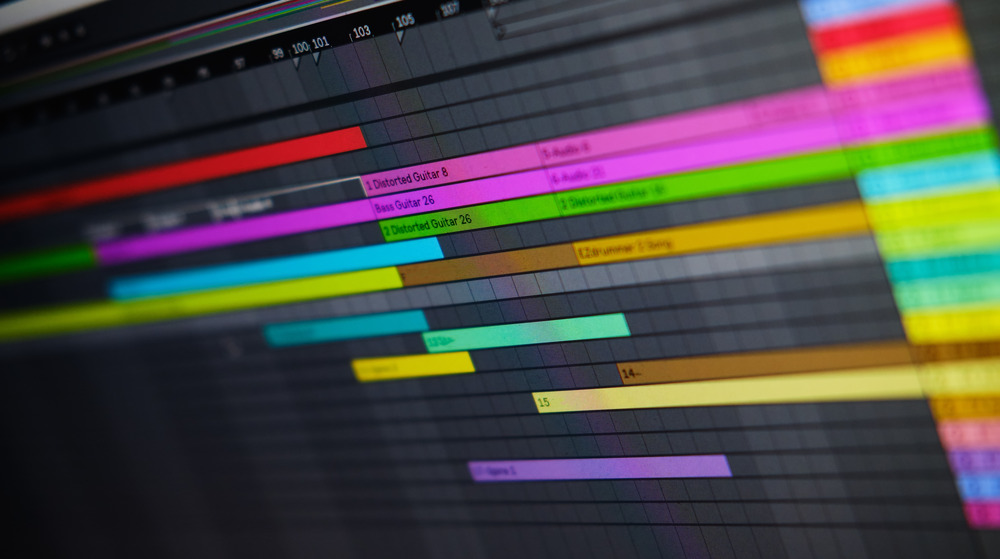
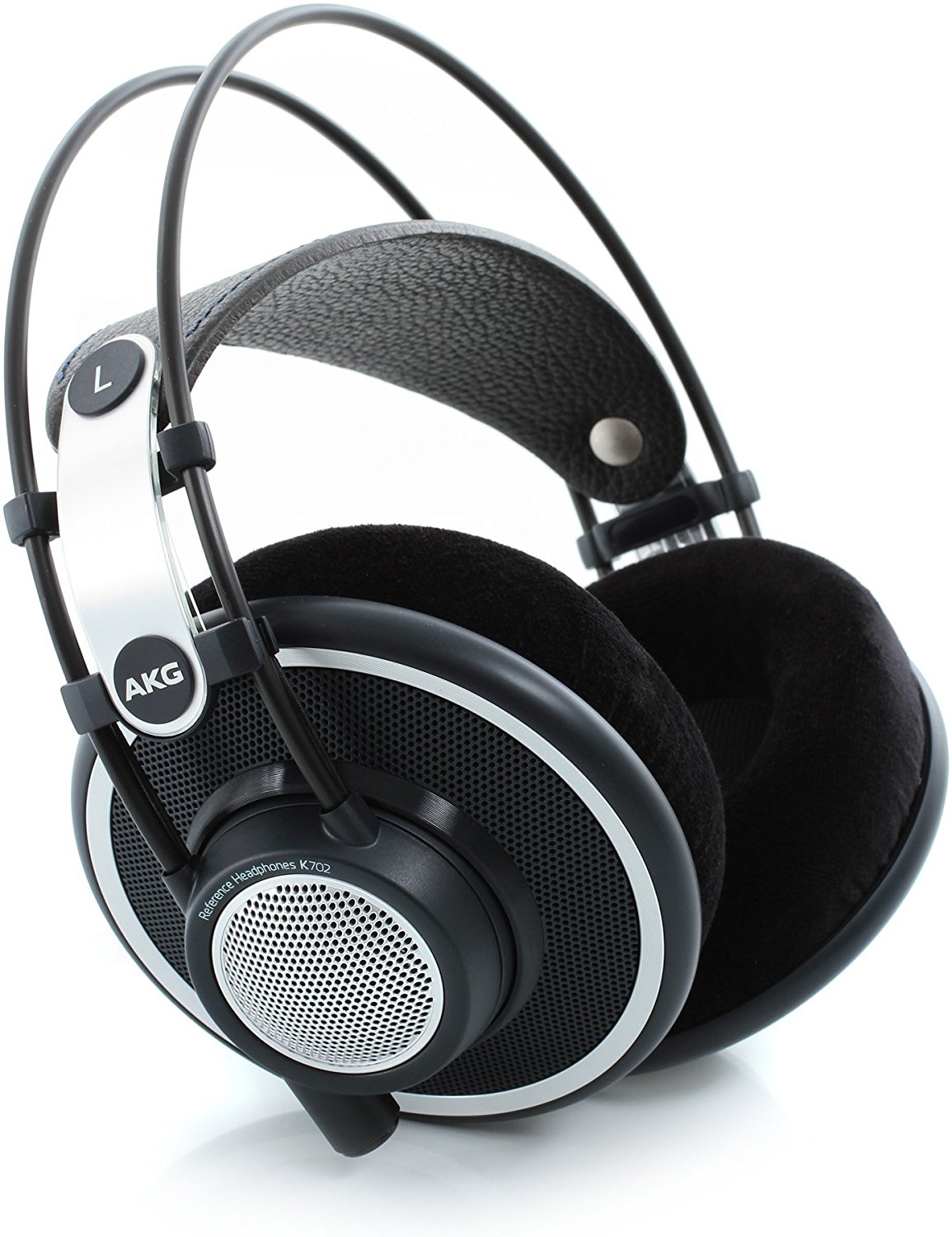
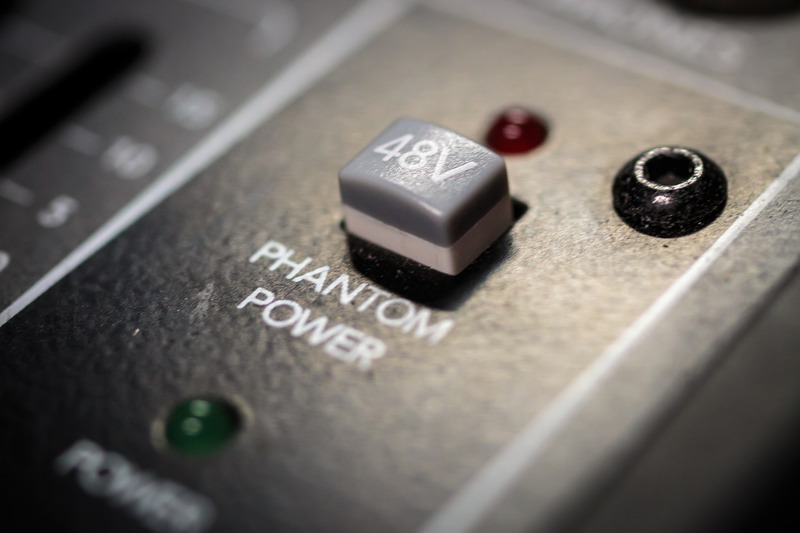
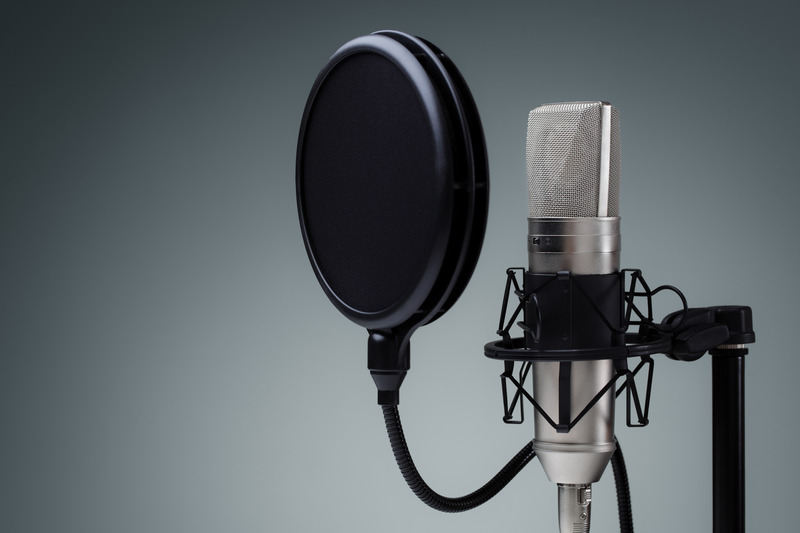
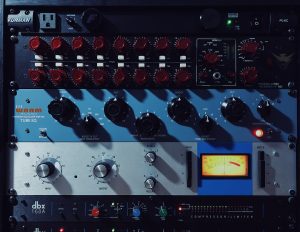
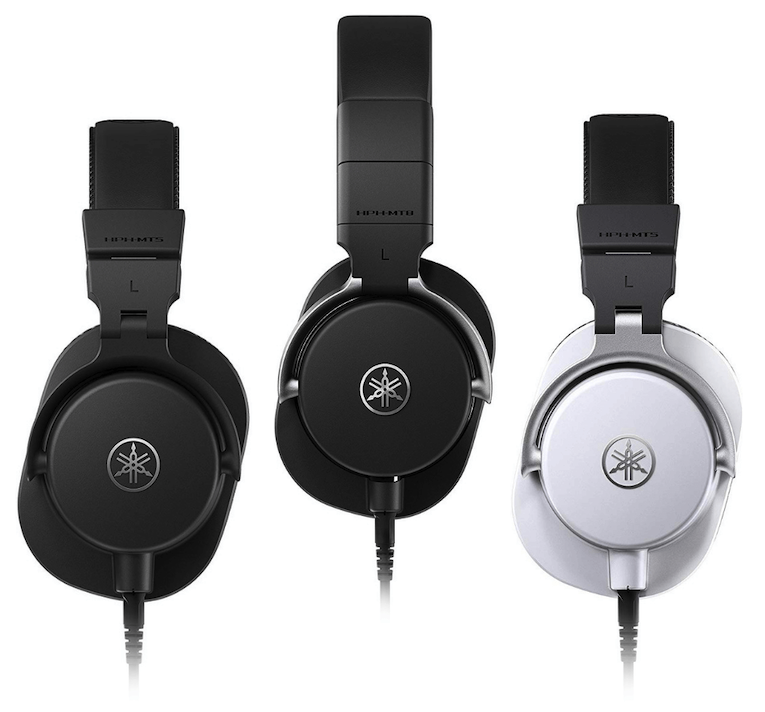

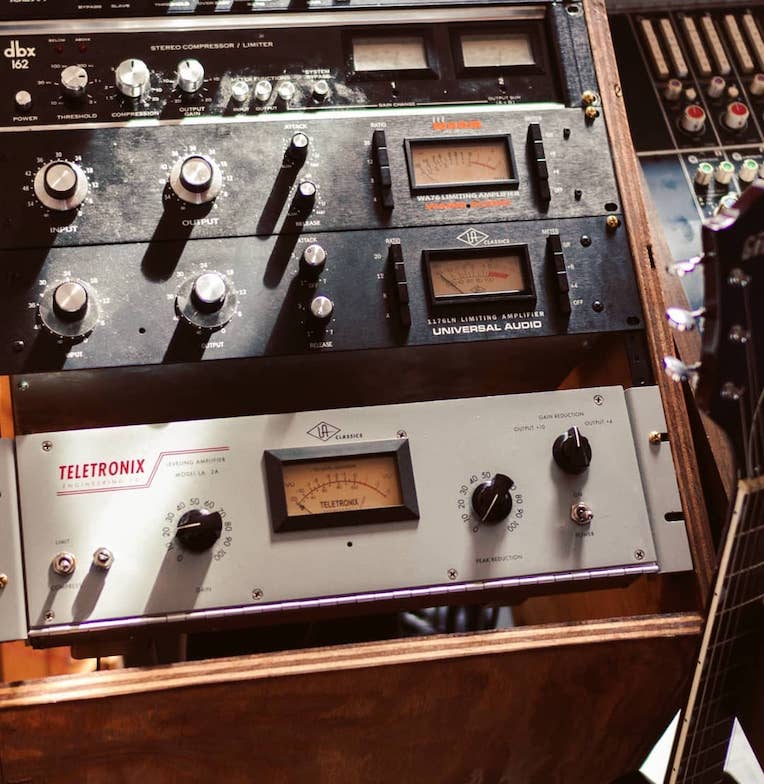












Some of the cons mentioned for playing electric drums are there if you get and play a budget friendly low tier e-kit. If you get a good higher-end e-kit they are 99.9% like playing an accustic drum kit. The unrealistic bounce of electric drum heads are not a problem with the right mesh heads and tightness tuning. If you adjust the head tensin on your e-kit you can get them to feel and respond just like accustic drum heads. Also you say e-kits do not really look like drums. This is true of lower tier e-kits as most higher-end e-kits use real drum shells or have pads that look like real shells. The cymbals on lower-end e-kits are not at all like playing accustic cymbals but the electronic cymbals of higher-end e-kits feel and respond just like accustic cymbals. You did mention you can get an e-kit for $200.00. The problem with inexpensive lower-end e-kits is they are designed for a kid beginning drum lessons and will work as a practice tool. Once the drummer becomes more advanced or if the drummer is already more advanced, budget e-kits are looked at as just toys. Honestly a good accustic kit is way cheaper than a good e-kit but the e-kit I have is so good I do not miss playing my accustic set. Years ago e-kits were not that great as I had one to keep the noise level down and it was nothing like playing my accustic kit, and when I could play my avcustic kit there was a relearning curve from my e-kit. Years later I saved and got a high-end e-kit and this was a total game changer from the inferior toy I had and it is 99.9% like my accustic kit. Transitioning from the e-kit I have now and to an accustic kit is easy and there really is no learning curve. Yes a computer and a VST will definitely improve the sounds of an e-kit but if you have a good higher-end e-kit like the one I have the sounds are fantastic and really do sound like good recorded accustic kits. So accustic drum kit or an e-kit? I think high-end e-kits have gotten so good if you can afford one over an accustic kit I personally would recommend that, for the main reason an accustic kit pretty much has the one sound and a good e-kit changing sounds for different songs or sound effects is a plus. Yea, some drummers do hybrid kits but I feel if going to go electric it is best to go all in and leave the accustic set separately. So for me with how good e-kits have gotten I fully recommend them over an accustic kit(don’t get me wrong an accustic kit is great and a hell of fun to play), but you can do so much more with a good e-kit. Years ago with how bad and fake sounding e-kits were I would of never of recommend them but they have gotten way better.
Yeah.